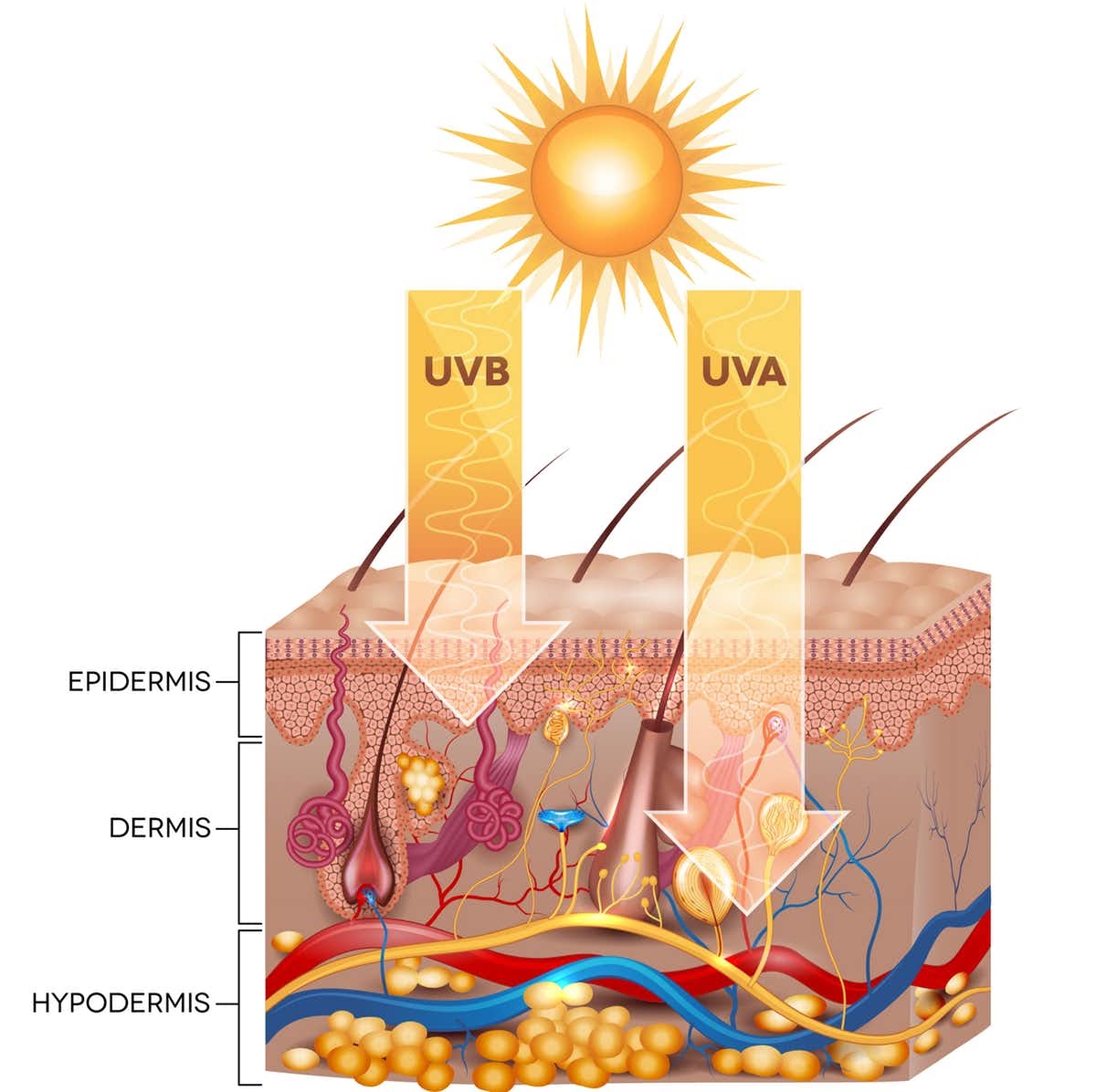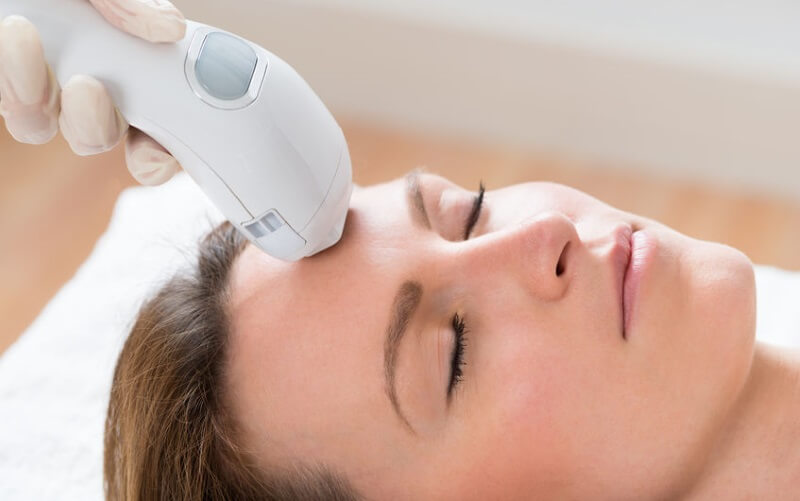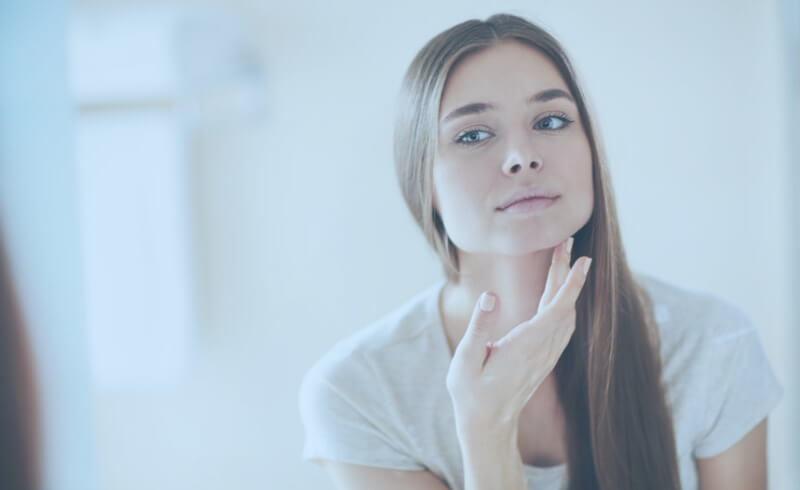Patients who have just undergone rhinoplasty or who are planning to have rhinoplasty may be considering combining their downtime with facial laser hair removal. However, with the number of aftercare tips and possible risks after a rhinoplasty procedure, some may feel reluctant or hesitant to have another procedure during recovery.
So is it safe to have facial laser hair removal after a rhinoplasty or nose job? Simply put, facial laser hair removal after rhinoplasty is completely safe. The energy from the laser is specifically designed to target just the hair follicles in the skin, while the rest of the face is protected by a special cooling gel. The laser procedure is also very quick and gentle, meaning there is no added trauma to the skin.
For more information on why facial laser hair removal and rhinoplasties are a painless pair, continue reading below.
Understanding Rhinoplasty: How It Works
The rhinoplasty (popularly known as the nose job) procedure is a surgical treatment to alter the size or shape of the nose. This is done for both aesthetic or cosmetic purposes and functional purposes (in patients who have birth defects or breathing issues).
There are two rhinoplasty methods: closed rhinoplasty and open rhinoplasty, and these methods define the patient’s procedure experience, the possibilities of the procedure, and the aftercare and side effects or possible risks.

- Closed Rhinoplasty – Also known as the endonasal rhinoplasty, this procedure involves cutting from inside the patient’s nostrils. This avoids the creation of a visible scar, making it a more popular choice for some patients. However, with more limited visibility and range of motion, the nasal cartilage generally becomes distorted and there are more challenges involved.
- Open Rhinoplasty – Also known as the external rhinoplasty, this procedure involves an incision in the area between the nostrils (the thickest part of the nasal septum), with more incisions in the nose area. This can lead to scarring, however not necessarily.
Understanding Facial Laser Hair Removal: How It Works
Facial laser hair removal involves zapping beams of light into the hair follicles in the skin. The energy from these lasers causes semi-permanent damage to the hair follicles, stunting their growth for an extended period of time.
While a single laser hair removal treatment can last anywhere from a few minutes to half an hour (generally 10-20 minutes for a full facial treatment), patients are required to undergo multiple treatments spaced several weeks apart for best results.
This is because laser hair removal can only effectively target a smaller percentage of the overall hair follicles per session. As hair goes through several stages of growth and rest, only the hair follicles that are presently in the right growth stage can be disabled with the laser treatment.
Read more: Laser Hair Removal for the Face: Effective Solution to Get Rid of Excess Facial Hair
Laser hair removal is a non-invasive, non-surgical procedure that can be performed out of the hospital, and it causes no downtime and minimal side effects. Popular areas of treatment include the underarms, the bikini region, legs, back, and of course, the face – upper lip, chin, cheeks, and sideburns.
Why Facial Laser Hair Removal and Rhinoplasty Don’t Affect Each Other
The major concern for patients considering facial laser hair removal soon after undergoing rhinoplasty is the comparisons of facial laser hair removal to sunburn. Patients are strictly instructed to avoid prolonged exposure to the sun while the nose is recovering (generally a six-week period).
This is due to the rhinoplasty procedure, which stretches the skin of the nose over the nasal bone; this traumatizes the skin, requiring ample recovery time before it can be normal again. Sun exposure without protection leads to sunburns, which cause damage to the nasal skin, thus further extending the recovery time.
If recovery is disturbed or stunted, several complications could arise, such as:
- Infection
- Irritation
- Skin problems
- Bleeding
- And more
Sunburn is caused by prolonged unprotected skin exposure to intense ultraviolet rays. It is an example of a radiation burn, in which the DNA in the outermost skin layer is damaged.
It also goes beyond the top layer of skin (the epidermis). UVA rays penetrate the second layer of skin (the dermis), causing damage to the membranes, proteins, nerves, and blood vessels (source).

There is some basis to the concern that facial laser hair removal might cause the same effect, however, this isn’t the case. While facial laser hair removal does zap energy into the dermis (where the hair follicle root grows), the energy is particularly attracted by the hair follicle’s pigmentation. This means that other parts of the skin experience no damage and minimal side effects, such as slight redness or tenderness.
Facial laser hair removal is also administered with a special cooling gel. The cooling gel is applied to the skin prior to the laser treatment, acting as a layer of protection from laser heat damage.
Unlike a sunburn – which only occurs when the skin is exposed and unprotected for an extended period of time – facial laser hair removal is protected and also quite quick, lasting up to 10-15 minutes.
FAQ – Rhinoplasty and Facial Laser Hair Removal

Do I have to wait any time after my rhinoplasty to get facial laser hair removal?
The recovery time for both closed and open procedures of rhinoplasty comes in stages, with a general major downtime of 1-2 weeks. Within a week, patients should be able to remove their splint; within 6 weeks, sun exposure sensitivity should be minimal; and over the next three years, the nose will continue to heal slowly.
Ideally, there should be no problem undergoing facial laser hair removal immediately after a closed rhinoplasty, for the upper lip and chin area. However, if your skin is feeling too sensitive, you may have a better experience waiting a week before your laser treatment.
Does it matter if I have open or closed rhinoplasty before facial laser hair removal?
The more common closed rhinoplasty demands less recovery time and leads to fewer risks, meaning patients are much more likely to feel “ready” to undergo laser treatment after closed rhinoplasty. The more invasive open rhinoplasty – which is more effective in some ways – may make patients feel that their skin requires some recovery time (source).
Why am I feeling side effects after having facial laser hair removal after rhinoplasty?
This may be a case of rhinoplasty side effects flaring up independently of your facial laser hair removal. If you believe that you are experiencing greater or worse side effects to your rhinoplasty after facial laser hair removal, consult your doctor.
Possible Rhinoplasty Side Effects
Pain and Discomfort – It is normal for patients to feel pain immediately after the rhinoplasty procedure. This pain can last for several days after the procedure; for patients who required more complicated procedures or who are more sensitive to pain, it can last for weeks.
Facial laser hair removal leads to little to no pain, and should not aggravate the rhinoplasty discomfort.
Bruising – Some patients experience some level of bruising after a rhinoplasty, particularly after more complex procedures. The bruising is generally around the eye area and can last 1-2 weeks.
For some patients, the bruising might not appear until several days after the procedure; if you have undergone facial laser hair removal, this is definitely not the cause. Thankfully, bruising in general is a normal side effect and doesn’t necessarily mean there is anything wrong with the rhinoplasty recovery.
Swelling – Swelling in the nose and eyes area is a common condition experienced after the rhinoplasty procedure. As swelling is also a short-term side effect of facial laser hair removal, you may experience slightly more swelling after a laser treatment. However, all swelling and redness caused by the laser treatment should recede within a few hours.
Ethos Spa: Your Laser Hair Removal Partner
Ethos Aesthetics + Wellness, is the premier home for laser hair removal in the New Jersey area. For a safe and painless facial laser hair removal, it is essential that patients choose licensed and experienced practitioners who understand the nuances of laser hair care, especially when administered after certain procedures such as rhinoplasty.
To learn more about facial laser hair removal or to schedule your consultation, contact us at Ethos Spa today.







